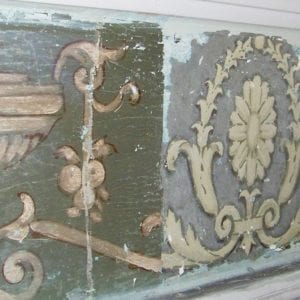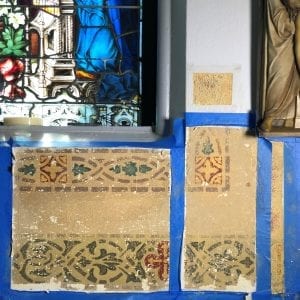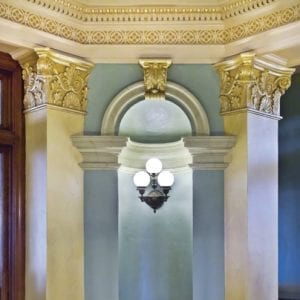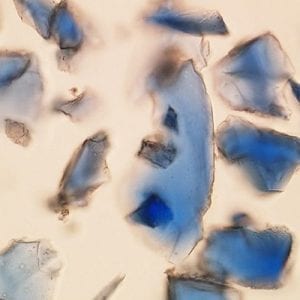Historic Paint Analysis Services
Uncover Hidden Period Decoration, Original Colors, and Unseen Finishes.
When working in historic buildings and structures, it isn't uncommon for there to be artistic details hidden just below the surface, covered over or otherwise original paint colors lost due to the passage of time. But knowing where to look to find these details and decoding and understanding exactly what has been found can be challenging for the uninitiated.
With decades of collective experience, John Canning & Co. has developed a reputation for exquisite workmanship, paired with incredibly high standards and the utmost professionalism, allowing our team to work on the restoration, preservation, and conservation of some of the country's most prestigious historic landmarks.
Our services are often requested by architects and owners to evaluate complex historic buildings and landmarks. We have built a reputation for being the go-to preservation problem-solvers for difficult situations in architectural arts. Our expertise, knowledge, and determination make us a perfect fit to dig deeper during investigations to uncover original campaigns for the most complex projects, in some cases uncovering 16 layers of paint/decoration.
We conduct a thorough analysis of all architectural finishes, especially paint through a variety of processes and techniques. Mechanical and chemical investigation reveals hidden layers; scientific analysis of layers and substrate is used to define original colors and finishes; and historical research of original documents, specifications, and period photographs contributes to confirming the patterns that have been revealed.
Is a paint analysis right for you? Speak with one of our preservation problem solvers.
Our Process
Scientific analysis of paint samples using various techniques forms the bedrock of our historic finishes investigation process. Even so, it accounts for just one quarter of a complete paint study, which typically consists of:
- Archival research of primary and secondary sources (news articles, original specifications, photographs, oral interviews, etc.) to understand the historical context of the work being analyzed.
- Scientific analysis of samples using a variety of techniques and equipment.
- On-site exposure and discovery in order to better understand the work in context to the rest of the structure, and to identify additional finishes, details, and features.
- Interpretation and Report, complete with recommended next steps for the client.
We have found that many companies will conduct an analysis, run a report, and hand those findings over to the client without much context in terms of how those findings should be put into action.
At John Canning & Co., we pride ourselves on our ability to interpret our analysis in the context of the complete structure and its historic fabric. Understanding how colors work together, the role of light and shadow, and other components of the setting is critical to effectively putting the results of a paint analysis into action. Without this interpretation, the report is simply data, which can be difficult to act upon.
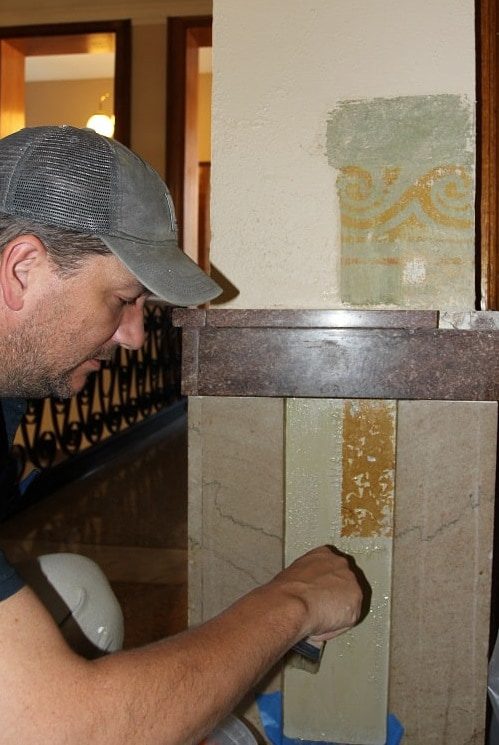
Who It's For
It can sometimes be difficult to know when it makes sense to undertake a historic paint and finish analysis. While no two situations are ever exactly the same, below are some common signs or reasons that building owners and architects might consider a paint analysis:
- You are planning work on a historic building in a region or location where other owners/architects have uncovered hidden or lost paintwork in the past.
- You have discovered hidden or covered-over artwork elsewhere on the property.
- Other work (for example, plasterwork or remodeling) has led to the discovery of decorative components.
- You have stumbled upon primary sources or other documentation alluding to, describing, or depicting various decorative elements not currently visible.
Though analysis can be conducted at any point, for best results we recommend that it be completed as early as possible ideally before any other structural or decorative work has begun. This will reduce the risk of damaging or destroying potential decorative elements hidden under the surface.
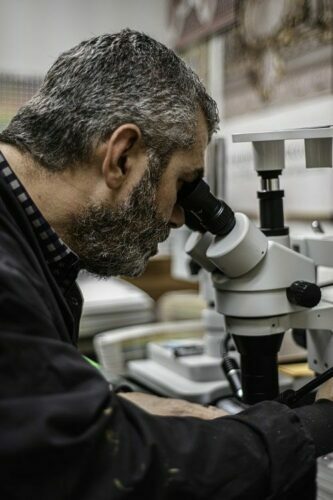
Cost of Analysis
The exact cost of a full analysis will vary depending on the volume of samples to be studied, the types of substrates involved, and a number of other factors. For that reason, it can be difficult to say what is “typical.” The best way to get an accurate picture of what costs would be involved with your project is to contact us directly.
Our Specialties
In addition to historic paint analysis and restoration, we specialize in a number of other complementary services, including:
Selected Projects

We carefully conserved and restored all aspects of the Luzerne County Courthouses historic fabric: marble, metal, plaster, paint, and mural artwork.
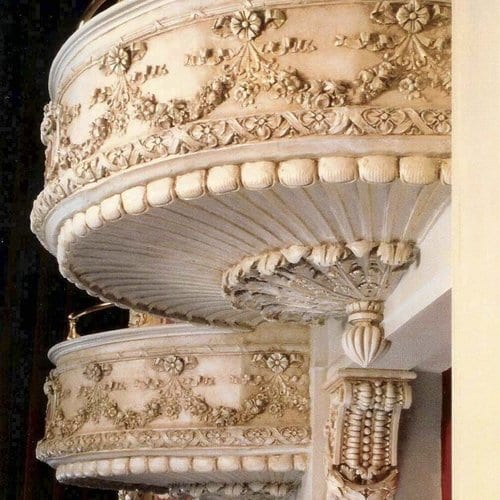
Our conservation team investigated and restored the decorative treatments of the Mahaiwe Performing Arts Center in Great Barrington, Massachusetts.

John Canning Co. revealed original colors and decoration with an historic paint analysis, performed wood conservation at the Connecticut State House.
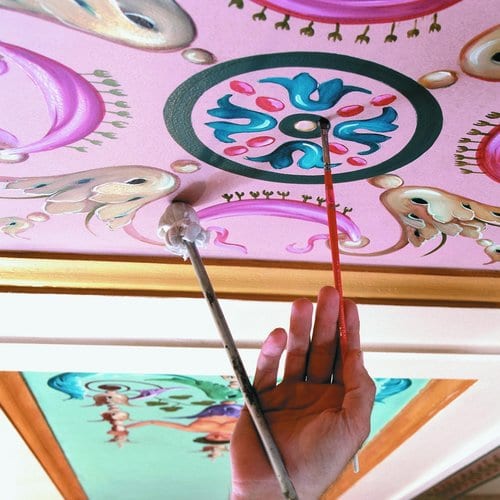
Our team of artisans were the restoration consultants and specialty contractors for the historic Stadium Theatre decoration and finishes.

Our team's historic paint analysis and interpretation defined the original colors and finishes of the State Theatre in Bay City, Michigan.
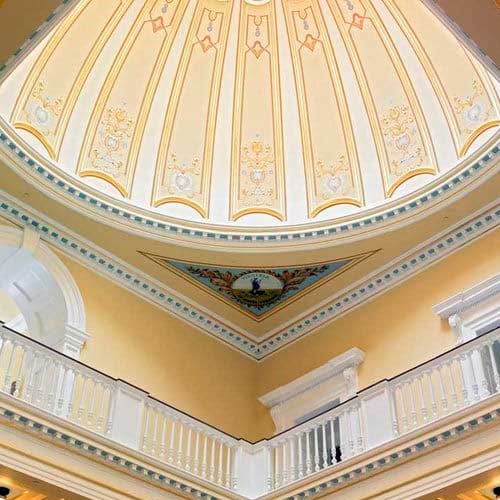
Our artisans were entrusted with the restoration and conservation of historic decorative painting and gilding originally designed by Thomas Jefferson.

